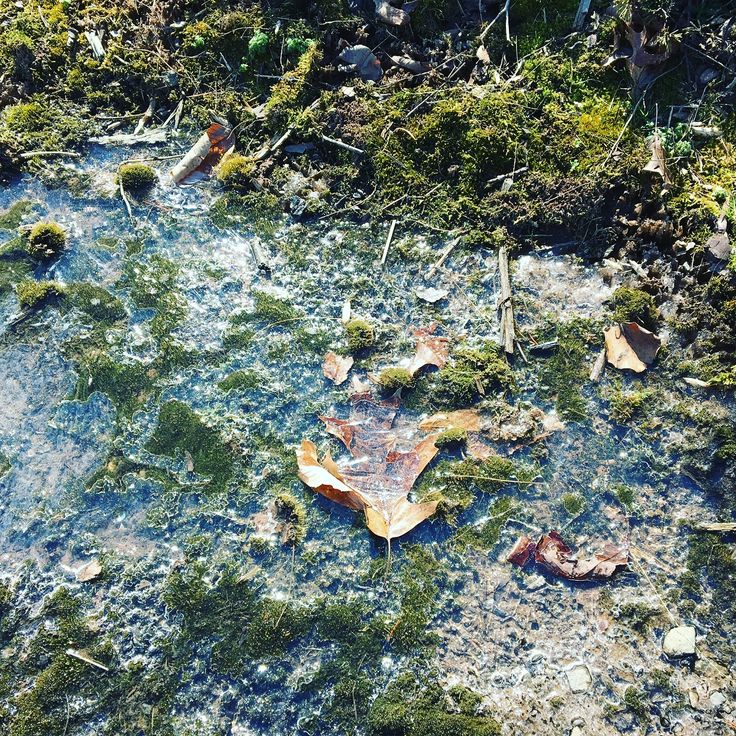
The Dangers of Winter Moss
Share
Moss is problematic all year round – but in winter these problems are dangerous.
Moss has a sponge-like structure that retains water. In winter, this water can freeze or remain as a slick surface, especially when the temperature fluctuates above and below freezing. This moisture makes moss inherently slippery, inviting the risk of falls and injuries around the home and garden for pets and humans of any age.
Moss thrives in damp, shaded locations, such as on rocks, paths, and tree trunks. These areas are prone to retaining water and ice. Paired with its smooth, often waxy surface that reduces friction, it becomes even more slippery.
Whilst blending with ice, moss can also cover cracks, holes, or uneven spots in paths and driveways, camouflaging unsafe areas especially as the days are darker.
Even when you attempt keep walkways clear of ice, moss will interfere, as its presence traps water and provides an ideal base for ice to form.
and the dangers spread further than physical safety...
- Structural Damage:
- Winter moss damages roofs by holding moisture, leading to rot and leaks.
- It weakens driveways and patios by growing between cracks.
- Environmental Impacts:
- Unchecked moss growth will suffocate plants and harm nearby trees, not only killing your surrounding shrubbery but the animals that rely on it for their safety and warmth over the winter too.
- Health Concerns:
- Moss harbours mould, mildew, and allergens, affecting respiratory health and creating a hazardous developing environment for young ones.
How to get rid of winter moss:
Prior to anything, it’s important to manually remove as much moss as you can to ensure that the chemical is directly applied to the surface. For this we recommend either a stiff, or wire broom – the sturdier the broom, the less manual labour it will take. Be conscious not to over scrub as you may damage the surface underneath.
After the manual removal, it is time to apply the product. It is important to remember that moss spores can be undetectable so you will want to apply the chemical to the whole area to ensure that any surrounding spores are also controlled.
Which Moss Remover is for you?
So for large areas, Baticlean CR is the ideal product. The average dilution rate is 1-part Baticlean CR with up to 4-parts water - each litre of product will cover between 20 - 40m2, so it is known to be ideal for all home and garden areas. It is an easy to use, pH neutral chemical, so causes as little harm to any surfaces as possible and can applied using any of our sprayers. Choosing a sprayer depends entirely on your requirements, read our How to Choose the Right Sprayer for You: A Beginner’s Guide blog post for a step by step guide.
If a small area is being particularly stubborn or infested with a hard-to-remove spore like lichen, then Batifast is the product to use. Batifast is an acidic chemical, so known to be ideal for spot treatment and heavy stained areas. As it is acidic, it needs to be applied using an acid-resistant sprayer, such as our IK sprayer range.
We recommend applying Baticlean CR annually as a preventative measure, to catch moss in the early season before hazards catch you out.
Our Baticlean CR has no need of rinsing unlike other biocides, so it is ideal for winter conditions where extra water would increase ice on the surface.